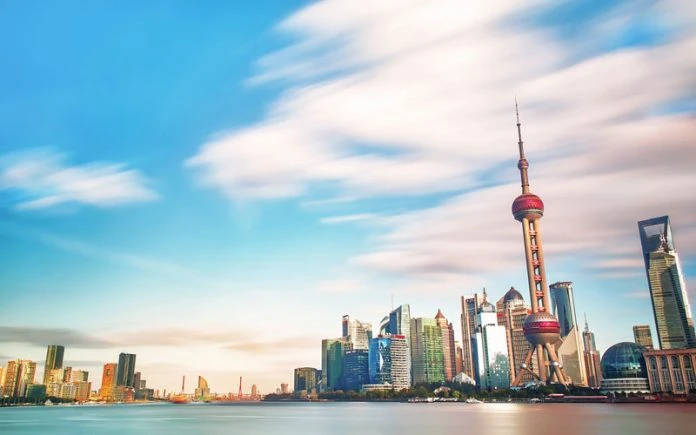The story of clothing and costumes is one of the most fascinating developments in human history.
Every nation in the world has its unique traditional clothing, from which the particular histories and cultures could be recognized, so as for people to be able to distinguish one citizen from another.
China, as a multi-ethnic and time-honoured country, has many ethnic minorities who have their indigenous culture. The mutual influences among these different cultures have contributed to the rich textures and fabrics of history and have made Chinese clothing with great variation and glory.
Traditional Chinese dress & clothing has been shaped and developed alongside the interactive influences between the outside world and China’s own dynastic traditions.
Every different dynastic has different scopes of territory, social values, social norms, etc. Therefore, many aesthetic standards were made according to the environments (socially, geographically, economically, politically) of certain dynastic. This is the main reason why traditional Chinese clothing has such many styles.
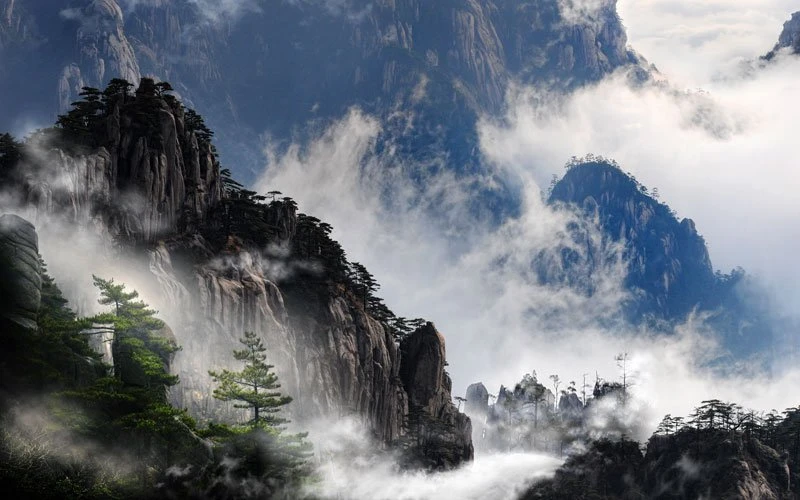
Every category has its own production techniques and considerable discrepancies could be observed when comparing different categories or 1 category in different times.
This article provides a brief introduction for each category. By reading the following contents, the basic frameworks of traditional Chinese clothing could be structured.
1. Tang Suit
The Tang suit, also been translated as Tangzhuang, often refers to a type of modern Chinese jacket rather than the clothing of the Tang Dynasty (AD 618 – 907).
Origin of name
Although Tang suit is not clothing in the Tang dynasty, it has something to do with it. The Tang dynasty is one of the most prosperous time in Chinese history. As a result, people usually use the word Tang to refer to the traditional Chinese culture. For example, Chinatowns in the U.S. or the U.K. are also be called as Tang People Street.
Tang suits, as the name of Tang People Street, represent a certain clothing of deep traditional Chinese cultures.

Tang Suit History
The history of Tang suit could be traced back to early 1900s (at the end of the Qing Dynasty). It is the product of the combinations between Manchu’s jacket elements and the western jacket elements.
A new uniform system had been released by the Chinese government in 1929. With this new system, Tang suit had become one of the national formal attire for males.
It was also around 1929, the medias throughout the world reported and introduced Tang suit widely. People around the world started regarding Tang suit as one of the most typical traditional Chinese clothing.
Recent years, with variety of styles and production techniques, Tang suit is getting more and more popular not only in China but globally.
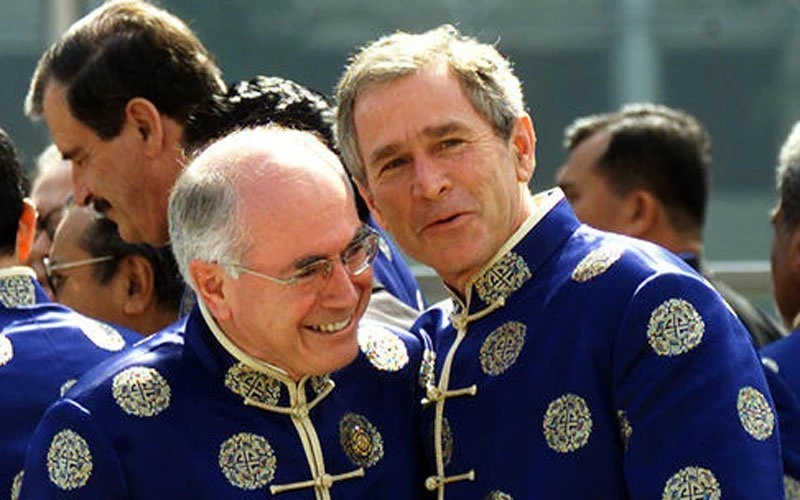
Tang suit has appeared in many international events. On the Asia Pacific Economic Cooperation (APEC) in 2001, all national leaders wore tang suit in royal blue, scarlet, and embroidered with round pattern of peonies- China’s national flower. Furthermore, Tang suit could also be seen on the 2008 Olympic Games and the some of the meetings of World Trade Organization.
In addition, Tang suit elements were being utilized many times in famous Kung Fu films and dramas. It is the efforts of both designers and cultural industries that spread the influential of Tang suit further and further.
2. Zhongshan Suit
The modern Chinese tunic suit is a style of male attire originally known in China as the Zhongshan suit (after Sun Yet-Sen, also called Sun Zhongshan), and later as the Mao suit (after Mao Zedong).
Sun Yat-sen introduced the style shortly after the founding of the Republic of Chinaas a form of national dress although with distinctly political and later governmental implication. He based the suit on the Japanese Cadet uniform.
The suit was also known to have cultural implications in which the four pockets represented the Four Virtues of the Chinese culture: Propriety, Justice, Honesty, and Shame, and the five buttons represented China’s five branches of government.

History of the Zhongshan Suit
When the Republic was founded in 1912, the style of dress worn in China was based on Manchu dress (qipao and changshan), which had been imposed by the Qing Dynastyas a form of social control.
The majority Han Chinese revolutionaries who overthrew the Qing were fueled by failure of the Qing to defend China and a lack of scientific advancement compared to the West. Even before the founding of the Republic, older forms of Chinese dress were becoming unpopular among the elite and led to the development of Chinese dress which combined the changshan and the Western hat to form a new dress. The Zhongshan suit is a similar development which combined Western and Eastern fashions.
The Mao suit remained the standard formal dress for the first and second generations of PRC leaders such as Deng Xiaoping. During the 1990s, it began to be worn with decreasing frequency by leaders of General Secretary Jiang Zemin’s generation as more and more Chinese politicians began wearing traditional Western-style suits with neckties.
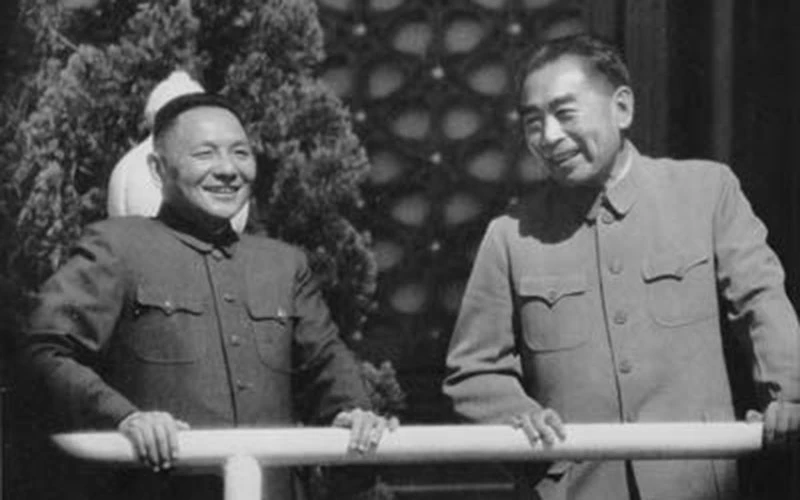
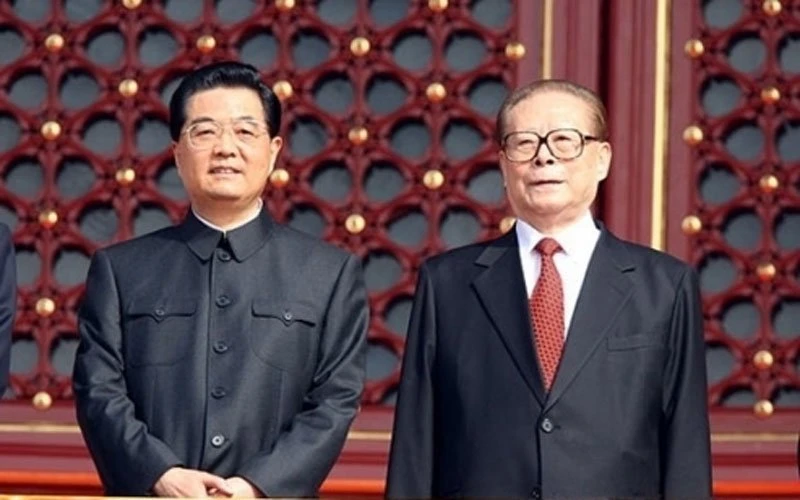
Jiang Zemin and Hu Jintao only wore the Mao suit on special occasions, such as important diners or the ceremony marking the 60th anniversary of the People’s Republic in 2009.
Hu Jintao even showed up to a black tie state dinner in the United States wearing a business suit, attracting some criticism for being underdressed at a formal occasion. In the Xi Jinping administration, however, the Mao suit made a comeback as a diplomatic uniform and evening dress.

